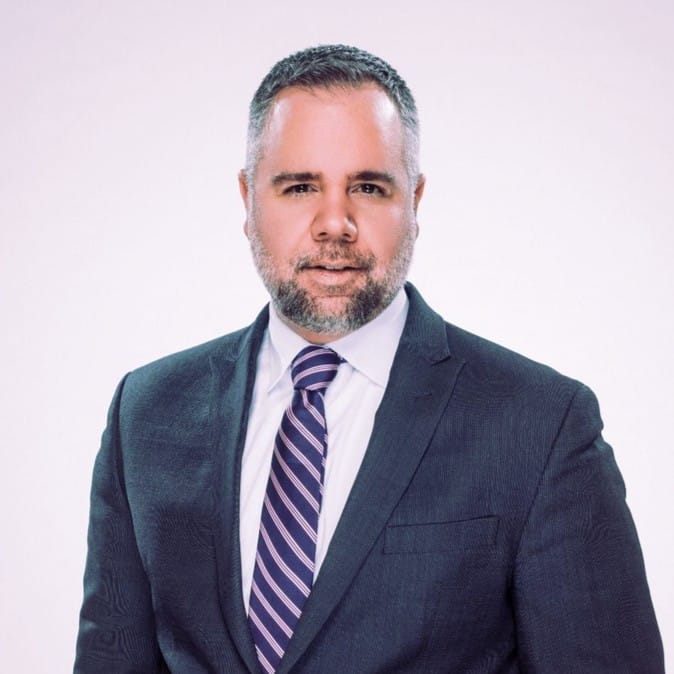Firms under the final phase of Uncleared Margin Rules have several steps to take before the September 1 deadline in order to get compliant, according to John Pucciarelli, Head of Industry and Regulatory Strategy at Acadia.
The Phase 6 implementation of UMR will mark the broadest test of firms’ preparation on Initial Margin (IM) calculation workflows, impacting an estimated 650 firms, he said.
Phase 5 of UMR, which was delayed one year due to the COVID-19 pandemic, went live on September 1, 2021, with over 330 firms globally. The final Phase 6 is by far the largest group and is due to go live exactly a year later on September 1, 2022.
Phase 6 will impact those with an Aggregate Average Notional Amount (AANA) above $8bn.
Pucciarelli said that firms need a plan in place to closely monitor their trading activity after the deadline because, if they cross the $50m UMR threshold and are not compliant, they risk being put on do-not-trade lists.
There are plenty of firms who are ready and have been getting ready, said Pucciarelli. “I think the only difference that we see in this phase is that not as many firms who are in scope have been testing early,” he said.
He said that non swap dealer Phase 6 firms under US rules who are hedge funds, asset managers, pension funds, etc – aren’t directly subject to the rules that are just brought into the rules by virtue of their trading relationships with their dealers.
The compliance effort associated with a Phase 6 firm that is in-scope for UMR but not preparing to move regulatory initial margin (IM) is completely different than a firm that will exchange margin, according to Pucciarelli.
While firms expecting to exchange margin are busy negotiating Reg IM CSAs, custodian account control agreements and testing calculation capabilities and connectivity to industry utilities, firms preparing to solely monitor Reg IM have none of these requirements, he said.
Pucciarelli explained that the IM required to be posted or collected may be calculated using a margin model or using the regulatory prescribed schedule methodology (also known as Grid).
The most commonly used and industry recognized margin model is the ISDA Standard Initial Margin Model (SIMM). “You can choose to calculate IM based on either of these two approaches or outsource the service to a third-party service provider like Acadia,” he said.
Pucciarelli also advised that when selecting a custodian, it is important to consider their service offering versus asset manager’s specific requirements. “You have to talk to your custodian and your counterparty’s custodian to ensure that your account control agreements are regulatory compliant,” he said.


